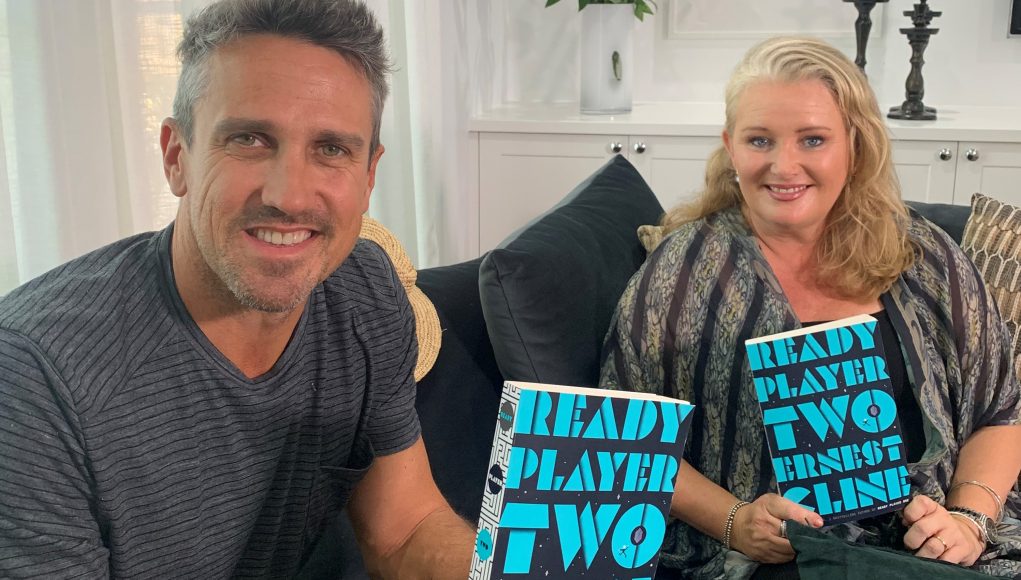Ready Player Two has become one of the most highly anticipated sequels of the decade. Following the runaway success of Ernest Cline’s debut sci-fi novel, Ready Player One (2011) and its movie adaptation by Steven Spielberg (2018), a follow up was confirmed 5 years ago. Ready Player Two flashes forward to a dystopian future once again set in the online virtual retreat of OASIS, created by the now-deceased 1980s obsessed James Halliday. Between new powers that allow for more possibilities than ever before for OASIS users and a new rival for the protagonist – the new treasure hunt and a death-defying challenge will appeal to fans of the original best-selling novel.
Where Ready Player One warns of the perils of climate change including poverty and overpopulation, the sequel to the video game tournament is centred around an ability to live in someone else’s shoes. To experience life through their eyes and circumstances. Filled with pop culture references, this adventure fiction is set in 2045 – shortly after the book’s teenager and protagonist Wade Watts gains access to Halliday’s vaults. Fans will also appreciate the new characters that represent the whole wide world – tackling diversity issues apparent in the first novel.
Virtual reality was science fiction when Ready Player One was first released, yet the concept has been imagined by many before Cline. However, it was Cline’s debut that inspired the design ideas of VR tech companies such as Oculus whose products were created from the expectations delivered in the visions of Ready Player One.
What makes this novel so unnerving is it’s near-future plot – whereby aspects of Clive’s imagination, when slightly removed, are completely plausible today. Escapism isn’t a new phenomenon, but inspired by the ethical conundrums of social media – there is hope that Ready Player Two might influence tech giants to design and their users to interact with empathy and with an ethical conscience, no matter how far removed they are from reality.











